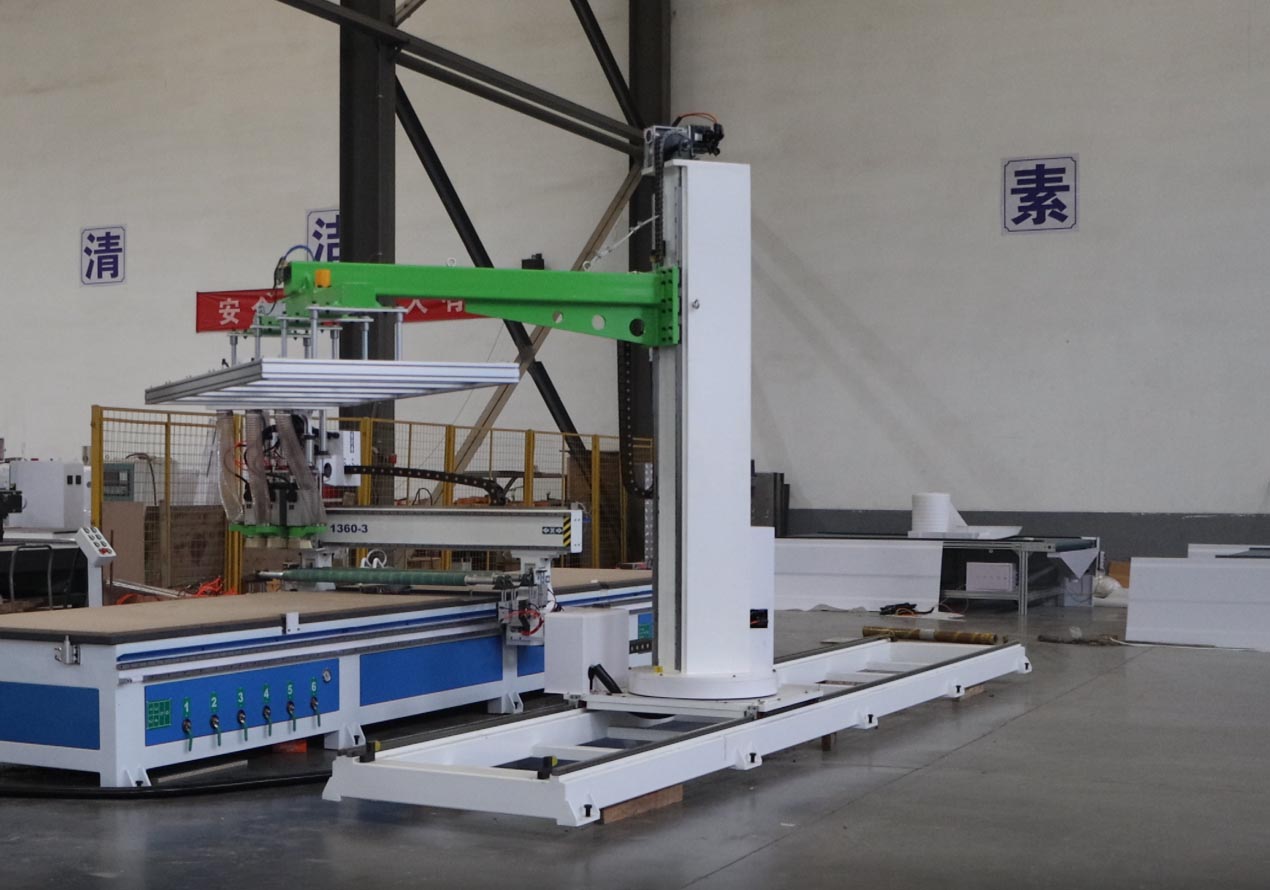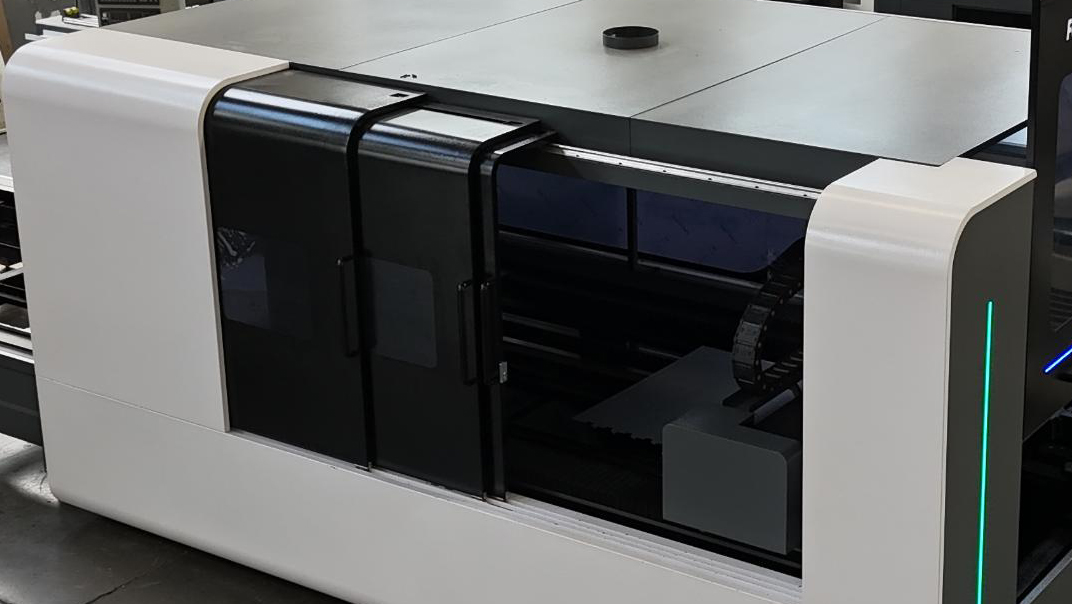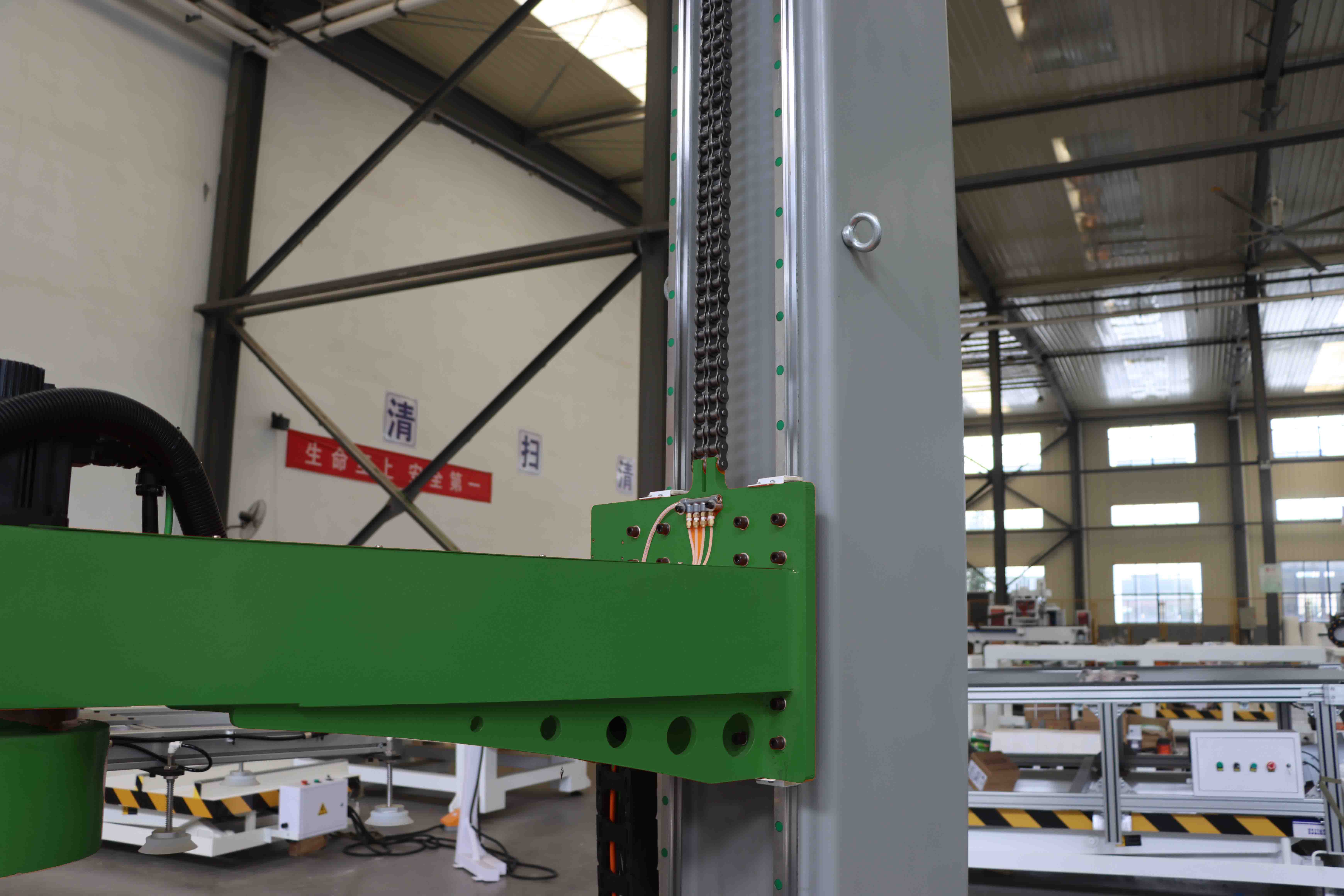Einleitung
CO2 laser cutting and engraving machines have revolutionized the manufacturing and creative industries by offering precision, versatility, and efficiency. These machines utilize a high-powered CO2 laser beam to cut, engrave, or etch various materials with exceptional accuracy. This guide delves into the intricacies of CO2 laser cutting and engraving machines, exploring their components, working principles, applications, advantages, and maintenance tips.

1. Understanding CO2 Laser Cutting and Engraving Machines
CO2 laser cutting and engraving machines are advanced tools that use a CO2 laser beam to perform precise cutting and engraving tasks. The laser beam is generated by exciting a mixture of carbon dioxide, nitrogen, and helium gases within a sealed tube. When electrically stimulated, this gas mixture produces a high-intensity laser beam that can be focused onto a small area to cut or engrave materials.
2. Components of a CO2 Laser Cutting and Engraving Machine

A typical CO2 laser cutting and engraving machine consists of several key components
- Laser Tube The heart of the machine, where the CO2 laser beam is generated.

- Optical System Includes mirrors and lenses that direct and focus the laser beam onto the material.
- Control System Comprises software and hardware that control the machine's movements and laser output.
- Work Bed The surface where the material to be cut or engraved is placed.
- Cooling System Essential for maintaining the optimal temperature of the laser tube.
- Exhaust System Removes fumes and debris generated during the cutting or engraving process.
3. How CO2 Laser Cutting and Engraving Machines Work
The process begins with the generation of the CO2 laser beam within the laser tube. The beam is then directed through a series of mirrors and focused by a lens onto the material's surface. The focused laser beam heats the material to its melting or vaporization point, allowing for precise cutting or engraving. The control system guides the laser head's movements along the desired path, ensuring accuracy and consistency.
4. Applications of CO2 Laser Cutting and Engraving Machines
CO2 laser cutting and engraving machines are versatile tools used in various industries, including
- Manufacturing For cutting and engraving metals, plastics, and composites.
- Signage Creating intricate designs and lettering on acrylic, wood, and other materials.
- Textiles Cutting fabrics and engraving patterns on leather and other textiles.
- Jewelry Engraving intricate designs on metals and gemstones.
- Art and Craft Enabling artists to create detailed and complex designs on various materials.
5. Advantages of CO2 Laser Cutting and Engraving Machines
- Precision Offers high accuracy and fine detail, making it ideal for intricate designs.
- Versatility Can cut and engrave a wide range of materials, including metals, plastics, wood, and textiles.
- Speed Faster than traditional cutting and engraving methods, increasing productivity.
- Non-Contact Process Reduces material deformation and wear on the machine.
- Automation Can be integrated with computer-aided design (CAD) software for automated operations.
6. Choosing the Right CO2 Laser Cutting and Engraving Machine
When selecting a CO2 laser cutting and engraving machine, consider the following factors
- Power Output Higher power allows for cutting thicker materials and faster engraving.
- Work Area Size Choose a machine with a work area that accommodates your project sizes.
- Material Compatibility Ensure the machine can handle the materials you plan to work with.
- Software Compatibility Look for machines compatible with industry-standard design software.
- Cooling and Exhaust Systems Adequate cooling and exhaust systems are crucial for machine longevity and operator safety.
7. Maintenance Tips for CO2 Laser Cutting and Engraving Machines
Proper maintenance ensures the longevity and optimal performance of your CO2 laser cutting and engraving machine
- Regular Cleaning Clean the optical components, work bed, and exhaust system regularly to prevent debris buildup.
- Cooling System Maintenance Check and maintain the cooling system to prevent overheating.
- Laser Tube Care Monitor the laser tube's condition and replace it when necessary.
- Software Updates Keep the control software updated to benefit from the latest features and improvements.
- Professional Servicing Schedule regular professional servicing to address any potential issues.
8. Safety Considerations
Operating a CO2 laser cutting and engraving machine requires adherence to safety protocols
- Protective Gear Wear appropriate protective gear, including safety glasses and gloves.
- Ventilation Ensure proper ventilation to remove harmful fumes and debris.
- Fire Safety Keep a fire extinguisher nearby and avoid leaving the machine unattended during operation.
- Training Ensure operators are adequately trained in machine operation and safety procedures.
9. Future Trends in CO2 Laser Cutting and Engraving Technology
The future of CO2 laser cutting and engraving technology is promising, with advancements in
- Automation Increased integration with robotics and AI for enhanced precision and efficiency.
- Material Compatibility Development of lasers capable of cutting and engraving new materials.
- Energy Efficiency Innovations in laser technology to reduce energy consumption.
- User-Friendly Interfaces Enhanced software interfaces for easier operation and design.
Schlussfolgerung
CO2 laser cutting and engraving machines are indispensable tools in modern manufacturing and creative industries. Their precision, versatility, and efficiency make them ideal for a wide range of applications. By understanding their components, working principles, and maintenance requirements, users can maximize the potential of these machines and ensure their longevity. As technology continues to evolve, CO2 laser cutting and engraving machines will undoubtedly play an even more significant role in shaping the future of production and design.
Ganz gleich, ob Sie allgemeine Beratung oder spezifische Unterstützung benötigen, wir helfen Ihnen gerne weiter.